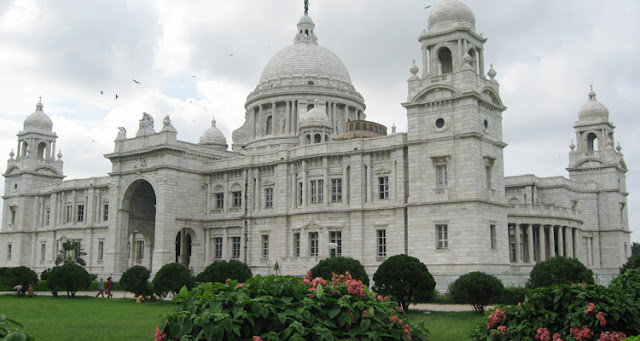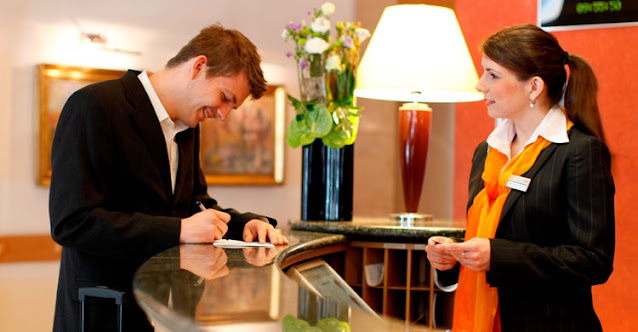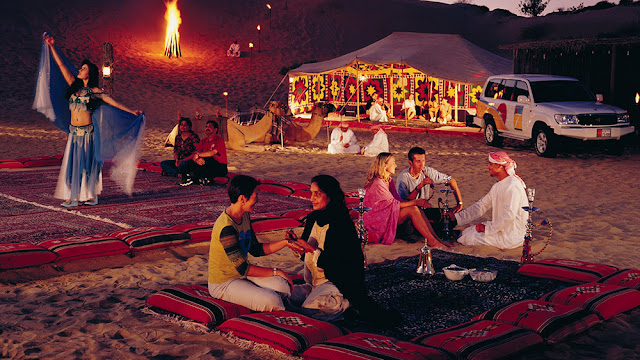Louvre Museum - Paris
The French capital, Paris, is said to be "half a city and half a fantasy." The most beautiful city in the world is famous all over the world for its historical heritage and its craftsmanship. Known as the realm of imagination, this state has the most amazing museum in the world, the Louvre. In addition to the Louvre, there are some other famous museums in France. But first of all, the Louvre is one of the most famous museums in the world. It was once used as a fortress by the kings of France. It was once used as the royal palace of France.
But now it has been given a new look by placing a glass pyramid right in front of the museum. However, history has not changed a bit. The museum has a lot to offer from the early days of ancient civilization to modern civilization. The history of the establishment of this museum is quite long. Louis XVI planned to establish a museum after the reign of various kings. He inaugurated the museum in 1793 according to his own plan.
Located on the banks of the River Seine in Paris, this huge structure stands proudly as the bearer of a great age today. The city of Paris is built on the banks of the river Seine. The famous Louvre is built on the banks of this river. The building, which was first built around 1200, was the royal castle and palace of the French emperor Philip II. The Louvre's overall construction as an industrial museum took about 200 years to complete. This famous Louvre in Paris is basically a huge collection of buildings. Work on the building on its west side began in 1546 at the behest of Emperor Francis .
In the beginning, it was used only for displaying various royal items. The Louvre Museum, with 35,000 pre-19th century attractions, now covers an area of about 652,300 square feet. The Louvre has been extended at various times. In 1682, King Louis XIV of France moved his residence from the Louvre to the Palace of Versailles. From then on, the Louvre was primarily regarded as a royal museum.
An ancient sculpture was collected and brought here in 1692. That year the responsibility of preserving the building was entrusted to the joint council of the School of Poetry and Script and the Royal School of Drawing and Sculpture. During the French Revolution, the French National Assembly issued a decree to use the Louvre Palace as a museum to display the best works of art in the nation. On 10 August 1793, the Louvre Museum opened with 537 works of art. At that time most of the works of art were royal and confiscated property of the church. The museum was closed from 1796 to 1801 due to various structural problems. Napoleon I, emperor of France, renamed the museum "Napoleon Museum".
When Napoleon was defeated at the Battle of Waterloo, his troops captured many of the museum's artefacts and returned them to their original owners. During the reigns of King Louis XVI and King Charles X, the collection of the museum was again increased. Later collections were gradually increased by donations or gifts at various times, except during the First and Second World Wars. The museum's museum is divided into eight sections - Egyptian archeology; Near Oriental Archeology; Greek, Etruscan and Roman archeology; Islamic art; Sculpture; Decoration industry; The art of drawing and the art of printing. Here is the world famous painting "Mona Lisa" by Leonardo da Vinci. Thousands of tourists flock to Paris, France, every year to see this magnificent Louvre. It is the bearer of beauty as well as the bearer of history.







.jpg)





Comments
Post a Comment